Photo Essay: Acros Underwater
Experimenting with Fujifilm’s Acros film simulation at a local aquarium
I took delivery of my Fujifilm X-Pro 2 this week—actually mine this time, not a pre-production model like the one I had for my review earlier in the year.
Along with the camera itself, I also picked up the XF 14mm ƒ/2.8 lens, and the legendary 35mm ƒ/1.4. Having shot with the newer 35mm ƒ/2 for my review of the X-Pro 2, I’m stepping back in time a bit by opting for the older lens, but I had to find out what all the hype is about.
The prevailing wisdom of the internet suggests that my older 35mm is slow, loud, and hunts for focus. All of which seems true, at least in comparison with its younger sibling. I figured as long as I stayed away from trying to freeze motion in difficult lighting scenarios, I’d be fine.
Naturally, my first shooting opportunity was at night, shooting moving fish through thick glass at an aquarium.
Well…challenge accepted!
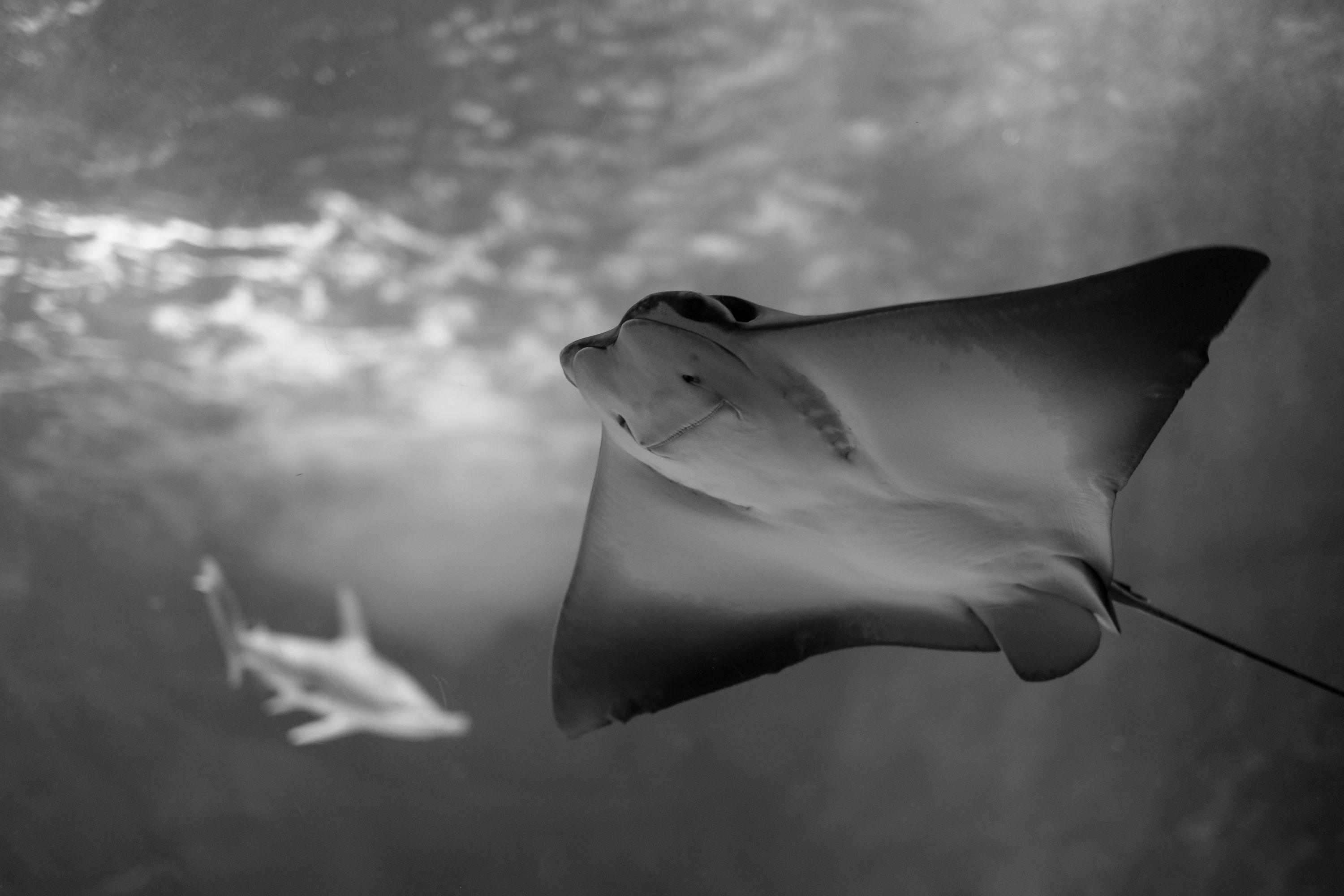 They don’t look much alike, but these two are actually closely related.
They don’t look much alike, but these two are actually closely related.
As we were heading into the aquarium, it occurred to me that I hadn’t seen the new Acros film simulation used outside of your usual wedding/portraiture/still life contexts, so I decided to test its black & white charms in a less conventional setting: underwater.
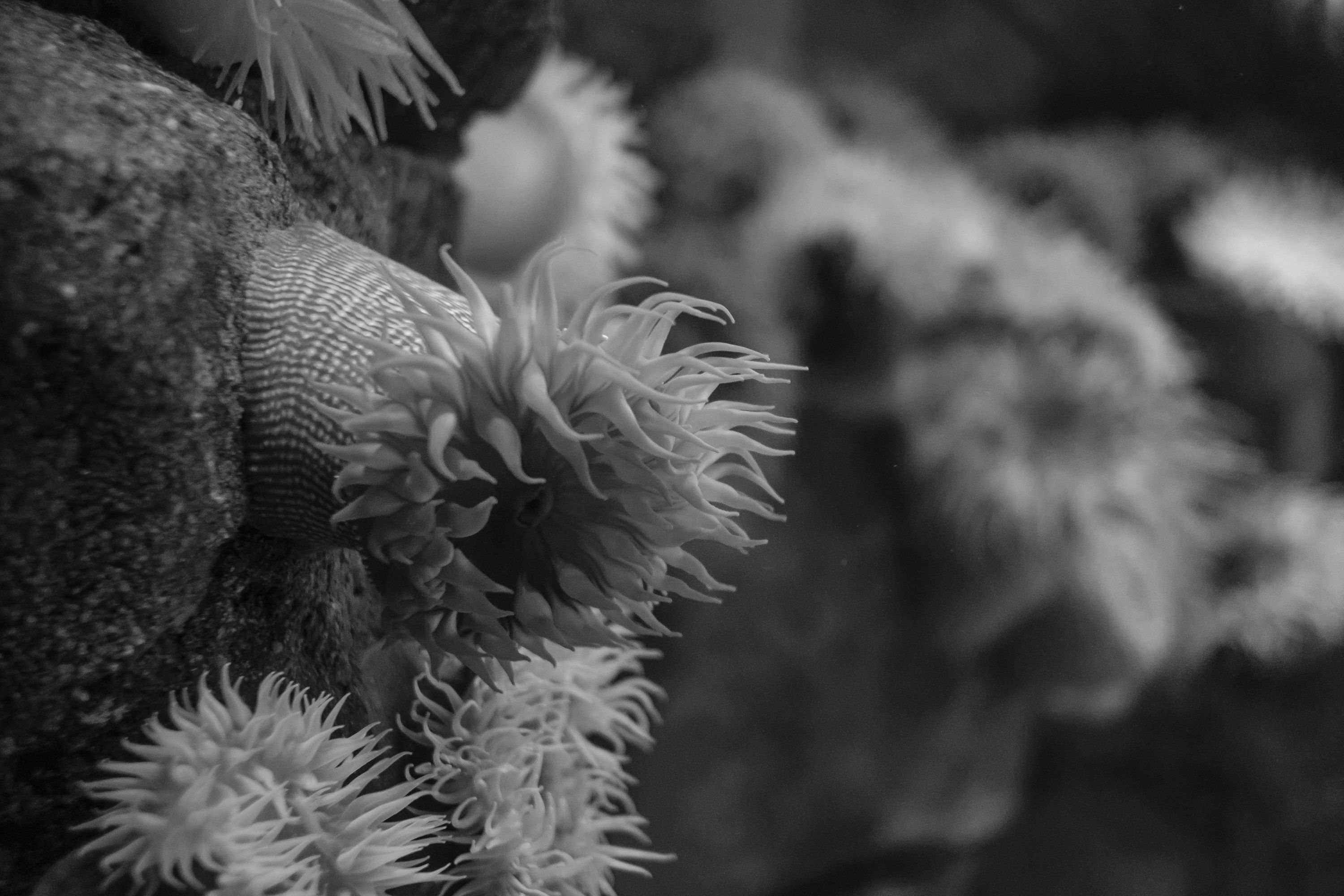 There are nearly 1,000 known species of sea anemone.
There are nearly 1,000 known species of sea anemone.
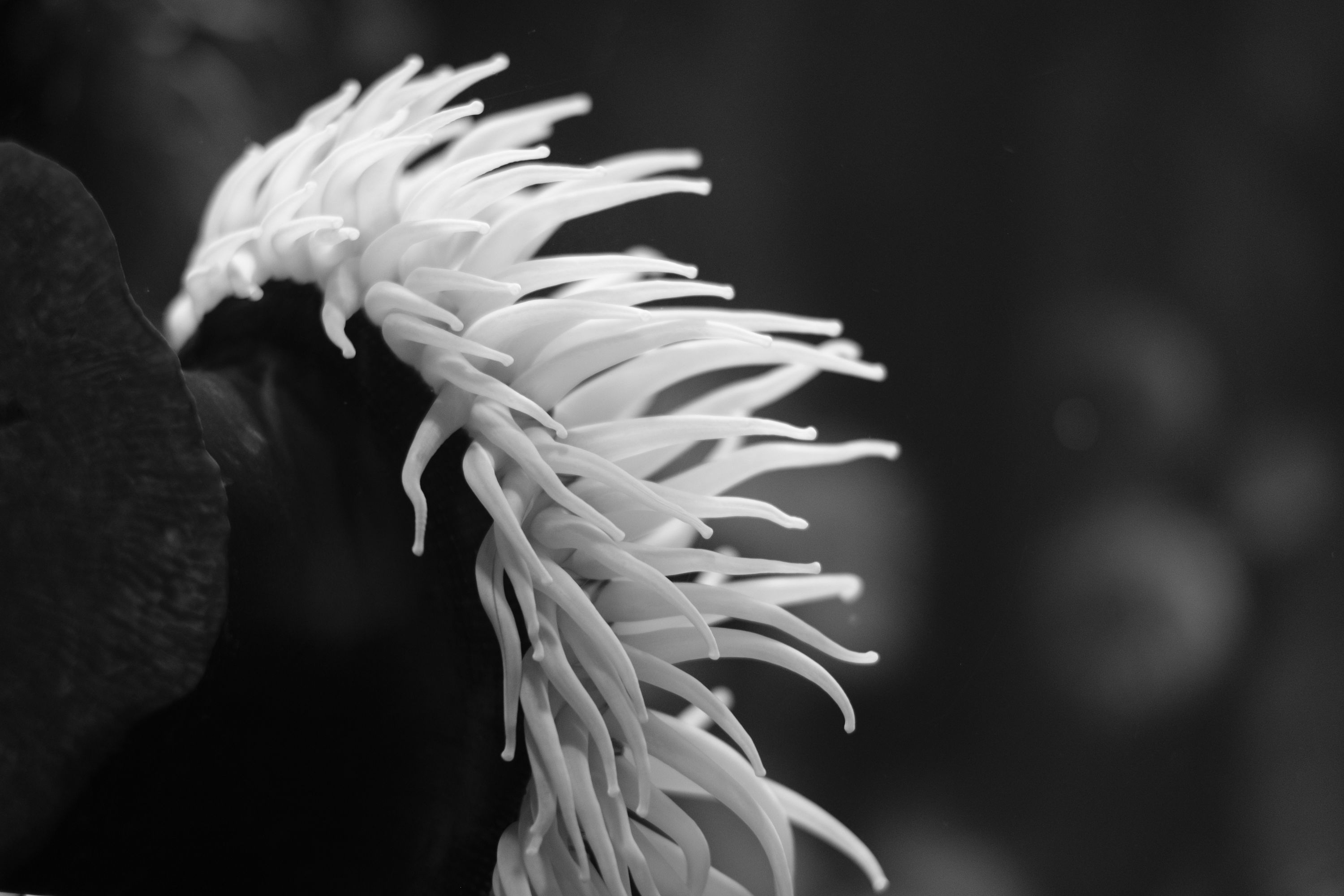
While their beautiful and diverse colours make them a perfect photographic subject, seeing them in black & white made me appreciate the subtle beauty in the sea anemone’s form.
Those tentacles may look soft and inviting, but they contain stinging cells called nematocysts (similar to jellyfish tentacles) that ensnare prey and guide it toward the sea anemone’s mouth.
Fun fact: the “mouth” of a sea anemone is also its anus. 💩
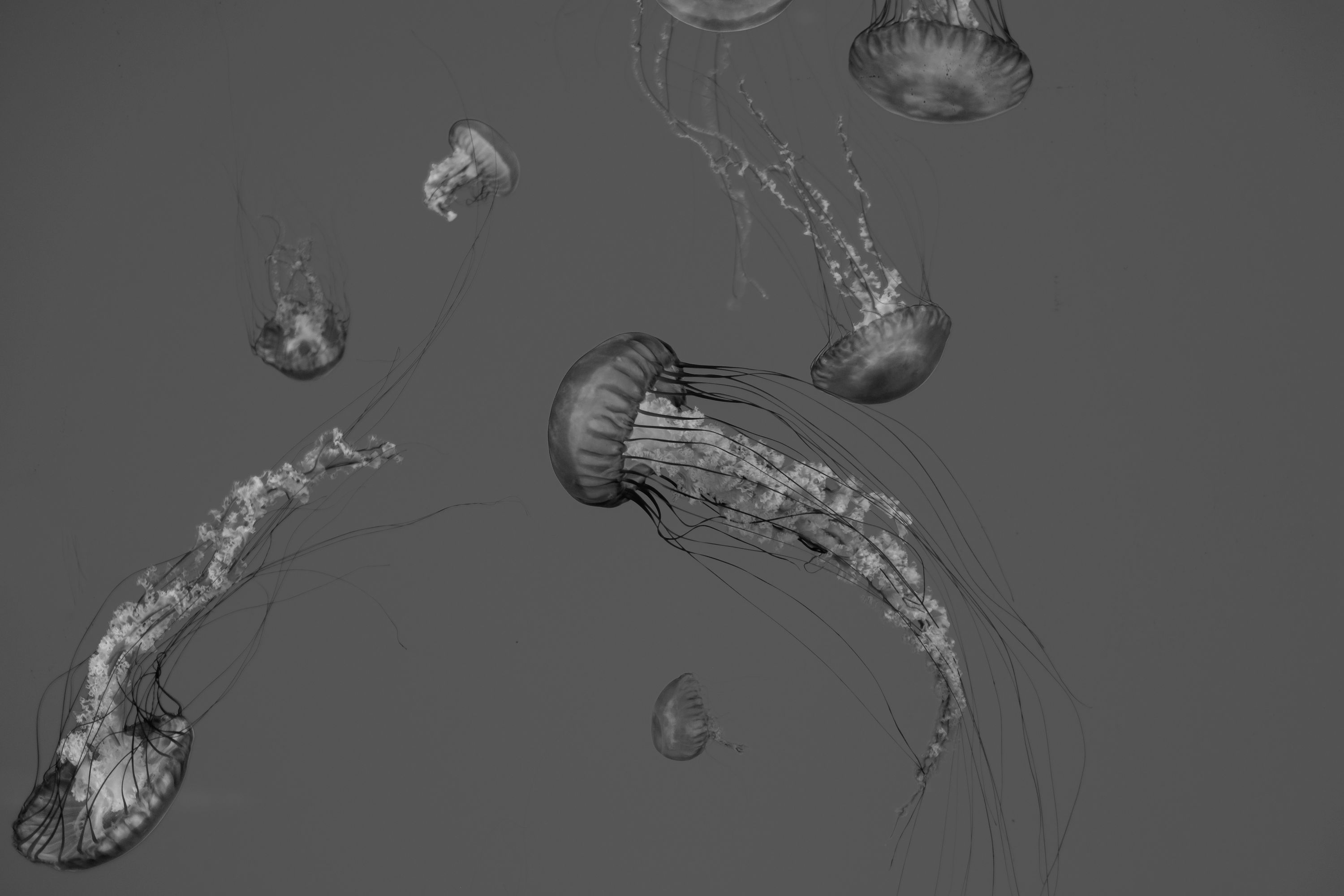 This is apparently called a “smack”. I looked this up, thinking that groups of jellyfish were called “schools” like fish, but no—it’s a smack. Or, even worse, a “fluther”.
This is apparently called a “smack”. I looked this up, thinking that groups of jellyfish were called “schools” like fish, but no—it’s a smack. Or, even worse, a “fluther”.
Speaking of jellyfish, they are easily among my favourite creatures.
So alien, so utterly unlike other lifeforms. They’re millions of years old, they have no brain, no respiratory system, most have no eyes, and they’re almost entirely made up of water. Stranded on a beach, most will evaporate entirely, leaving no trace.
Mesmerizing.
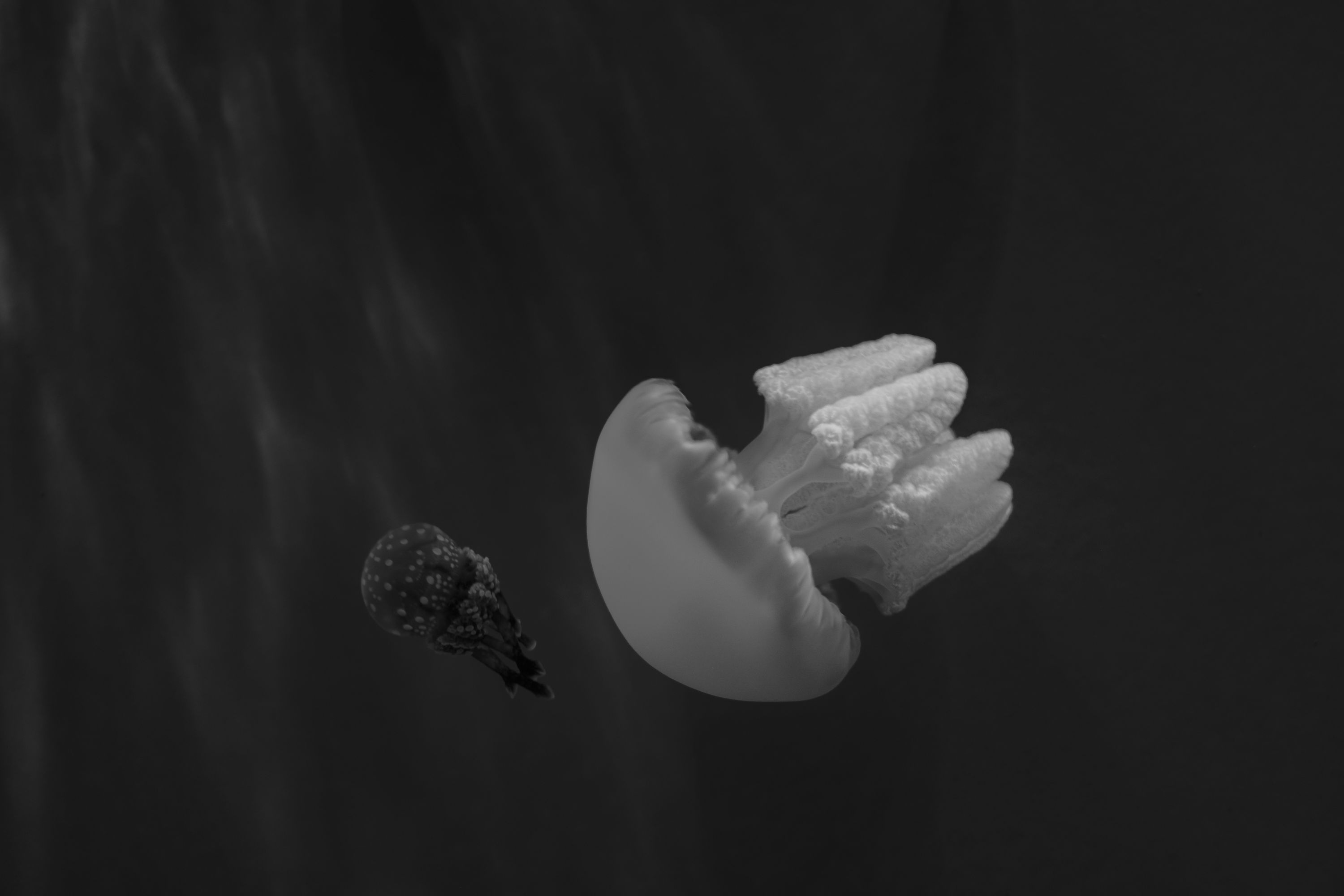
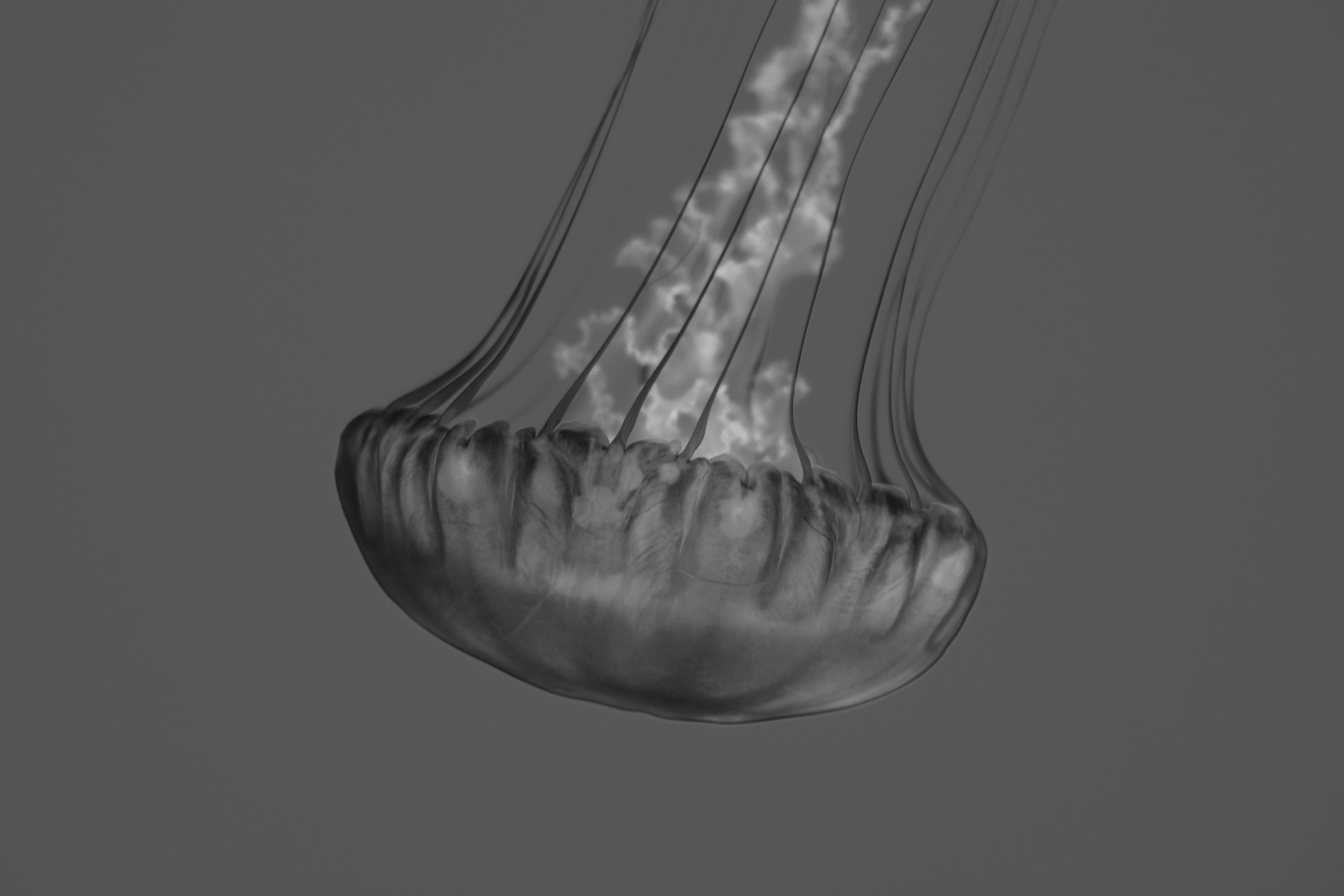
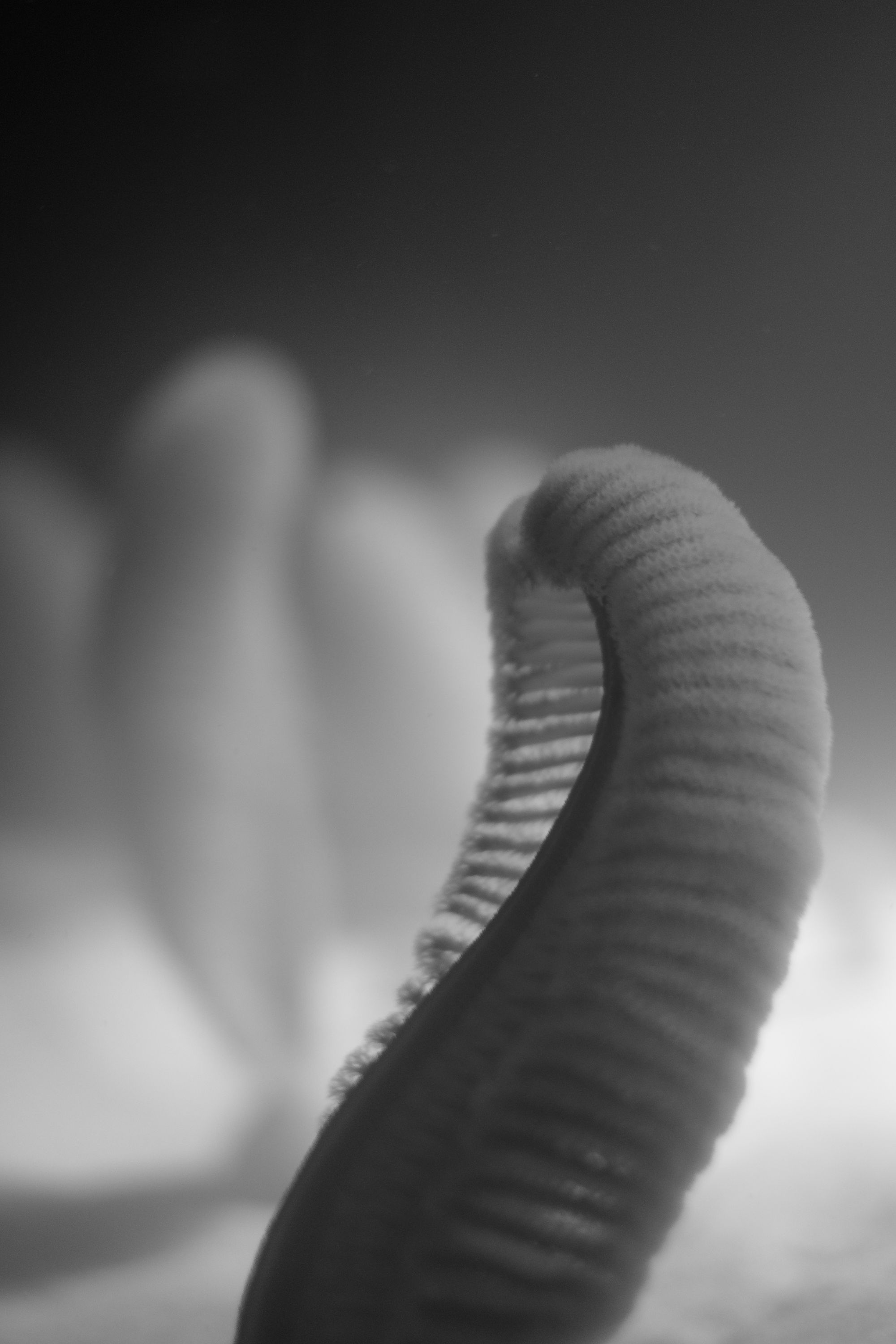 The little fella is actually a sea pen, so called because, well, it looks like someone dropped their feathery quill pen into the ocean!
The little fella is actually a sea pen, so called because, well, it looks like someone dropped their feathery quill pen into the ocean!
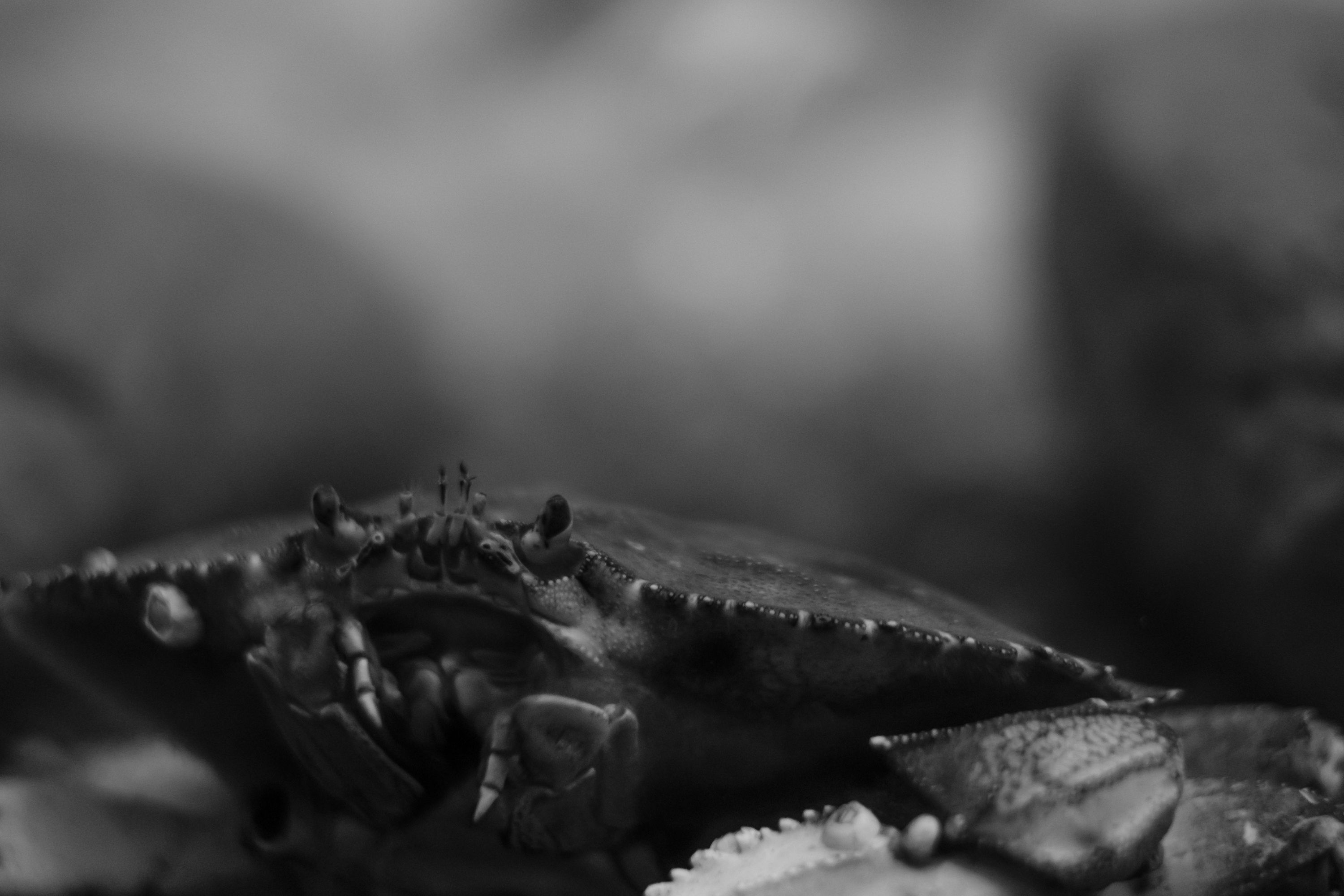
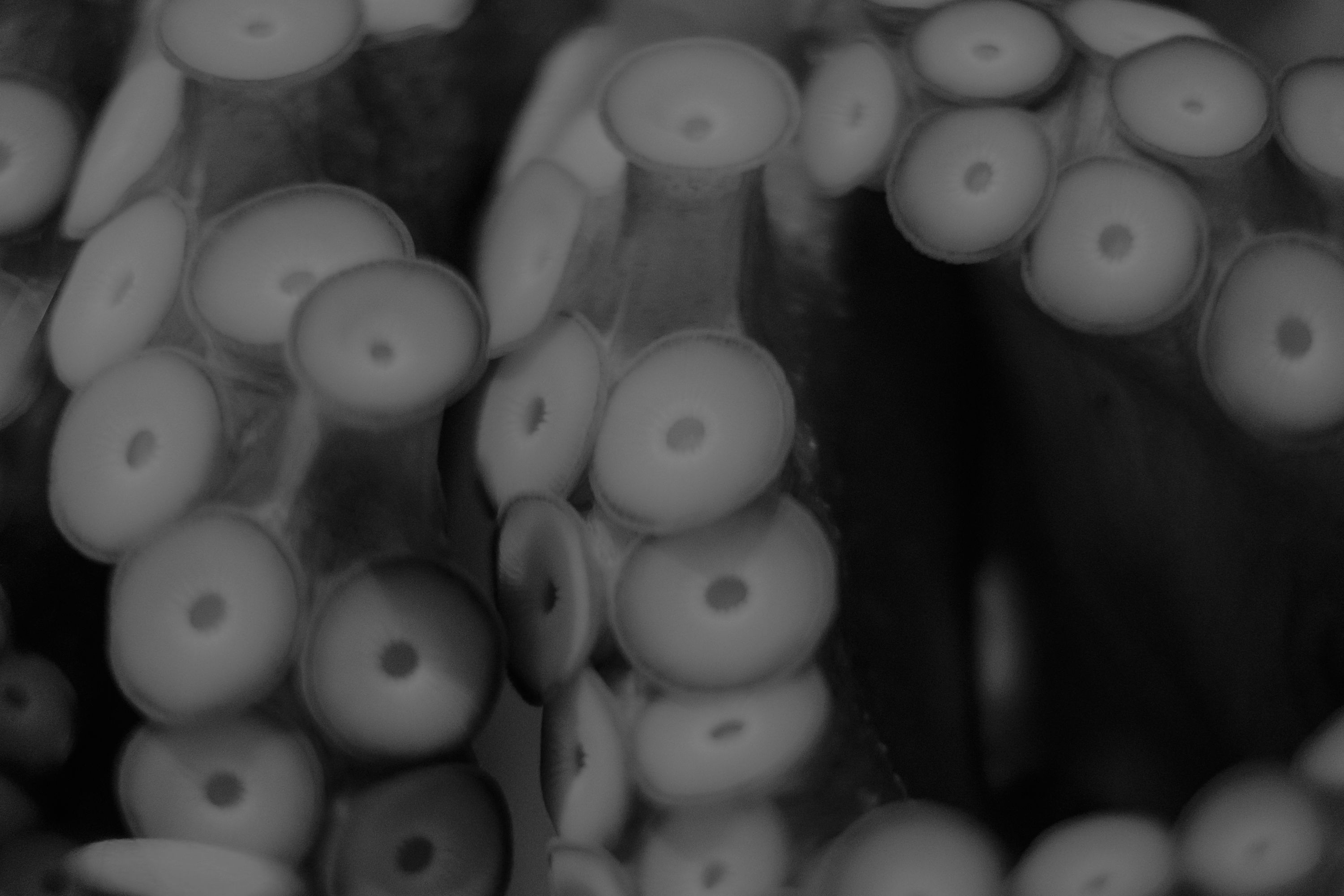
It’s important not to anthropomorphize too much, but sometimes it’s tempting. Take this sawfish, for example:
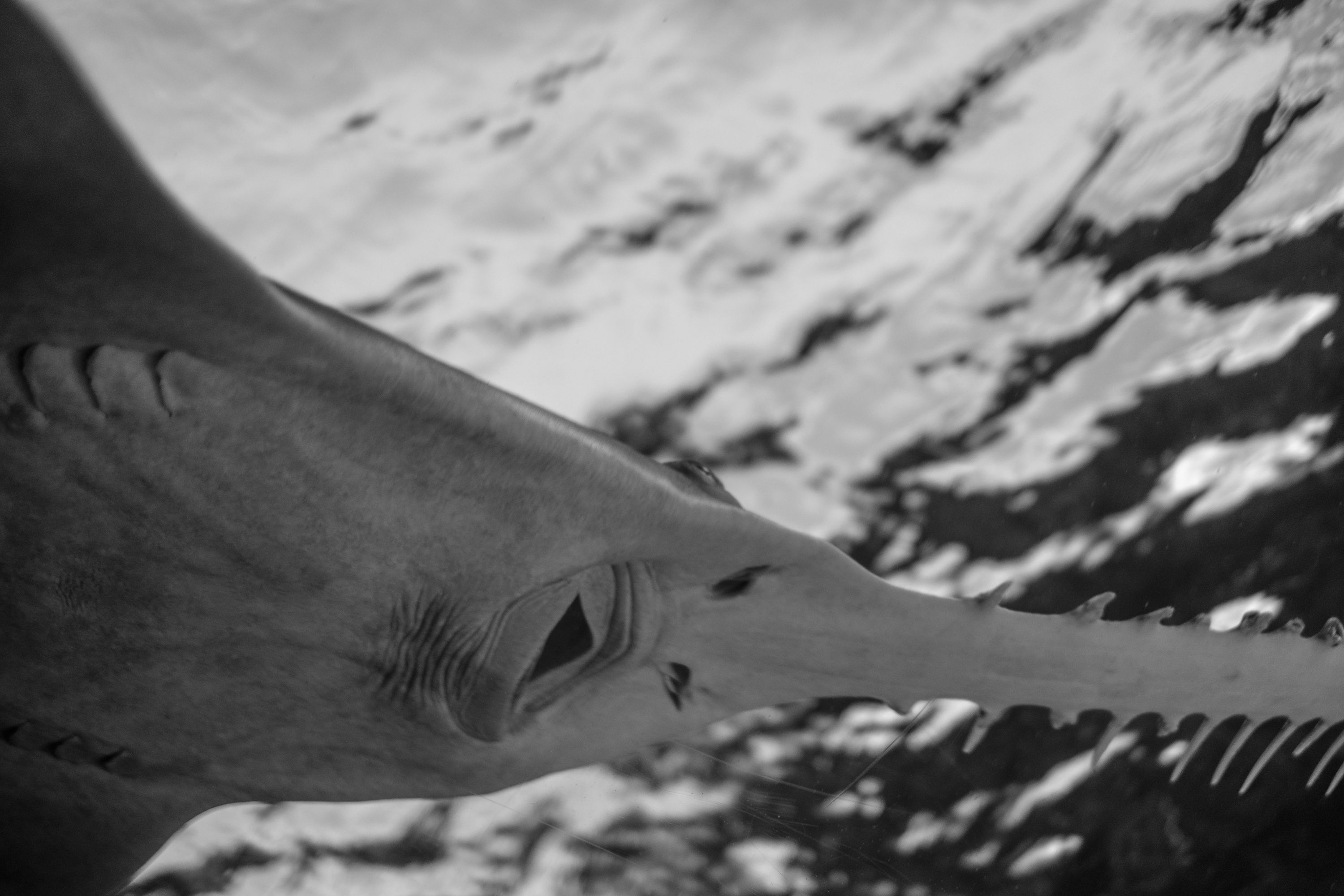
The rational part of me knows he’s just swimming, doing his thing. But the side of my brain that’s been infected by internet memes is convinced he’s singing a joyful tune on his way to work.
Overall, I found myself surprised by how capable the 35mm ƒ/1.4 was, even in these difficult conditions. Like with any other tool, it’s on the user to learn how to get the best out of it.As for the camera itself, I’ve fallen in love all over again. Seeing the aquarium’s inhabitants in the nuanced black & white tones of Fuji’s latest film simulation, Acros, was fascinating.Of course, since I shoot RAW+JPG, I couldn’t help but include a couple of shots in colour as well—after all, many of us who shoot Fuji do so because of their remarkable colour science.
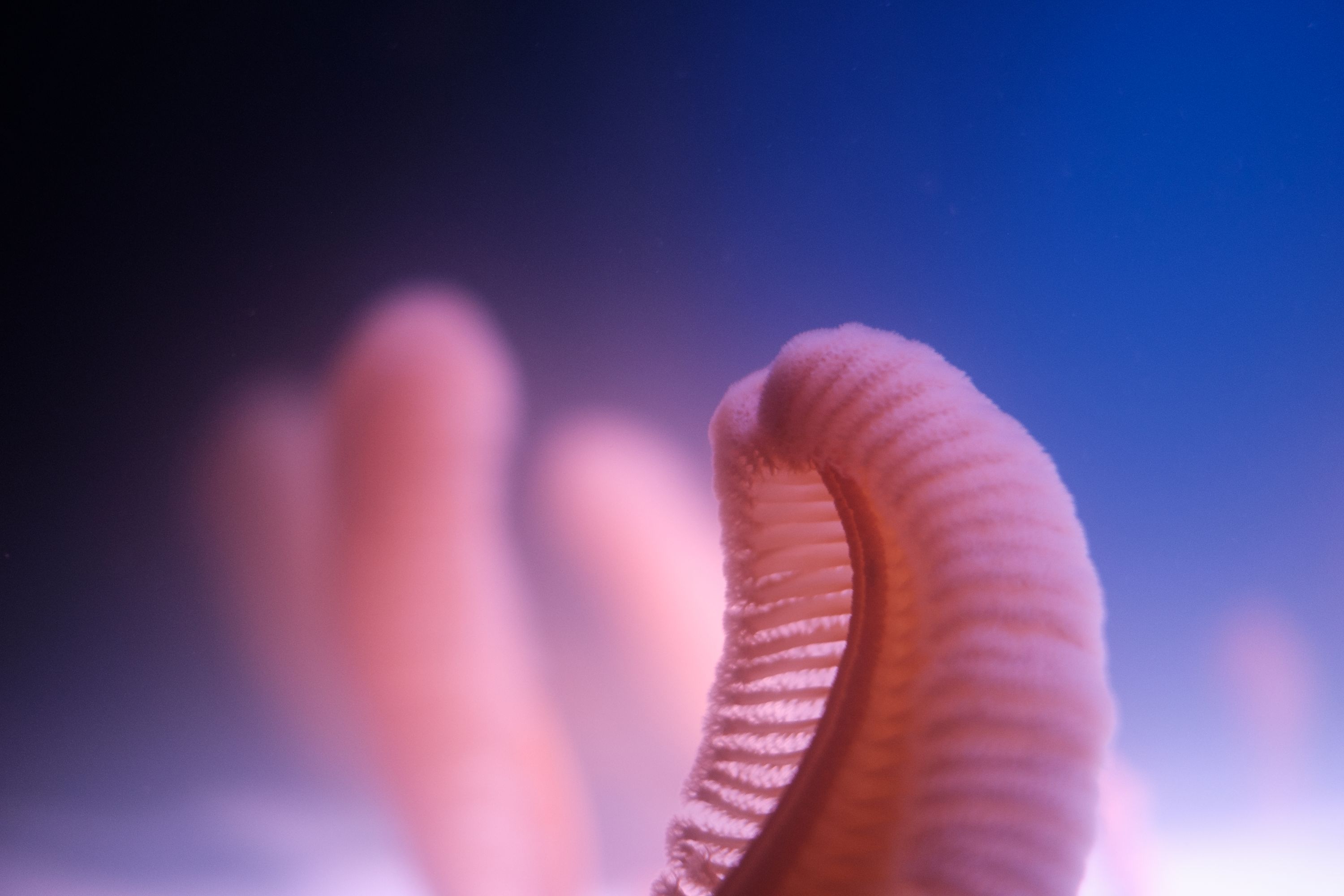 I just love the gradients and tones in this shot of the sea pens.
I just love the gradients and tones in this shot of the sea pens.
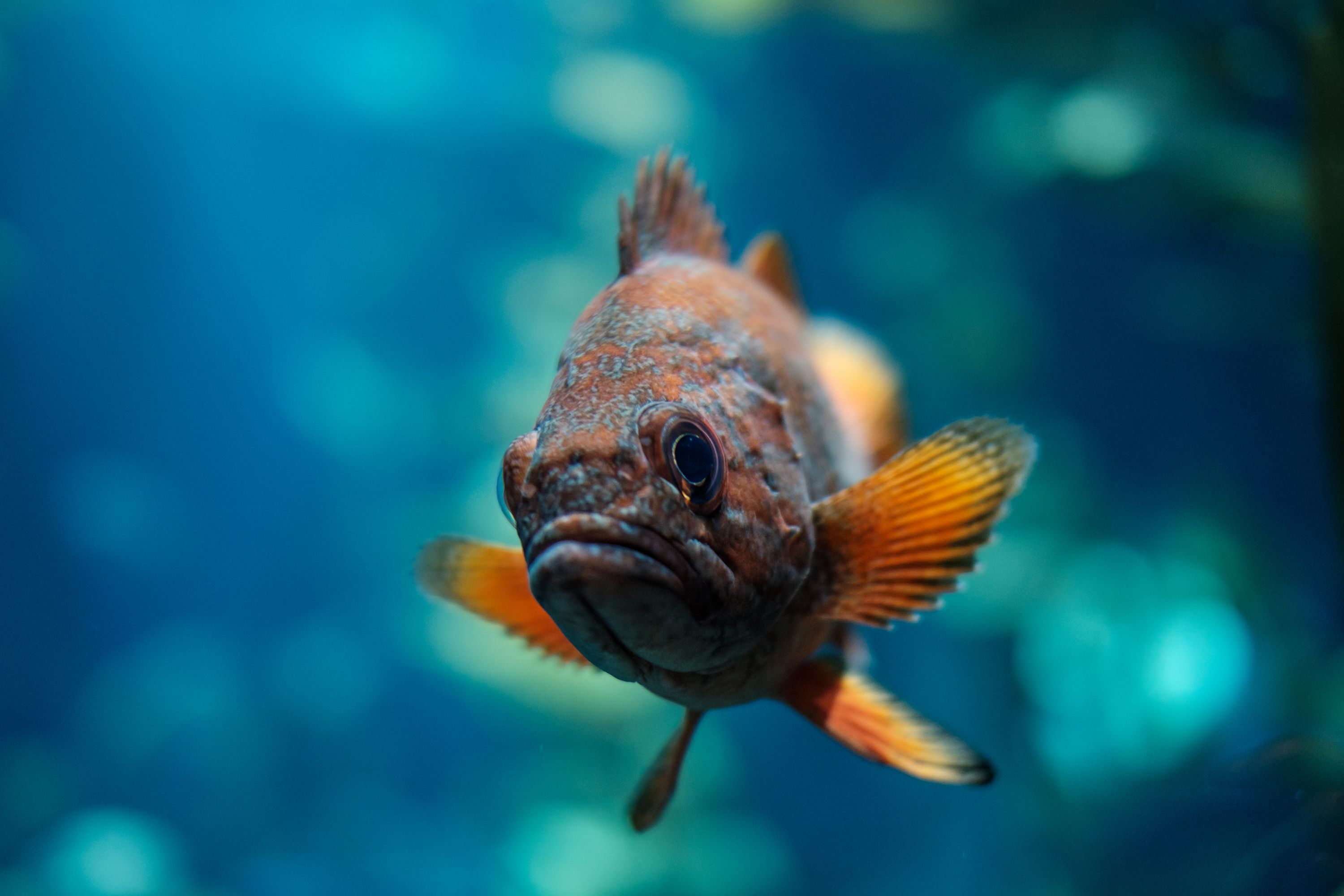 Until next time, inquisitive fish says farewell!
Until next time, inquisitive fish says farewell!